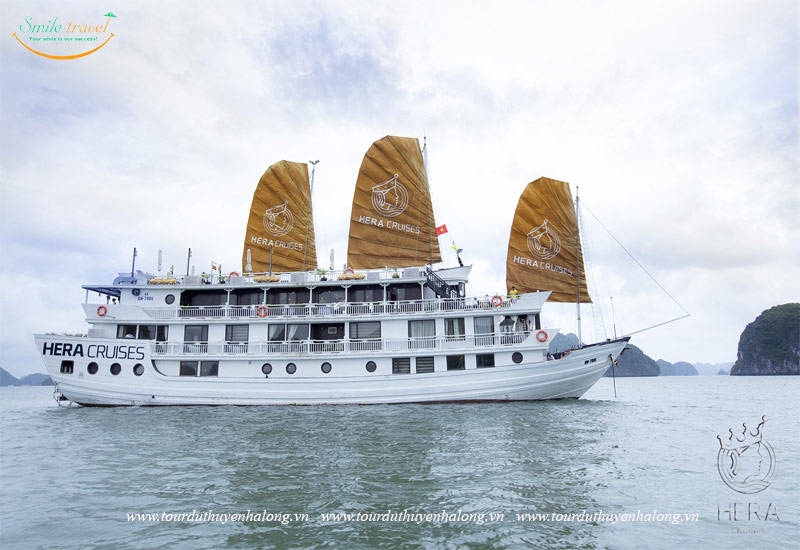The Muslim dress code UAE is shaped by Islamic values and local Emirati culture, but the UAE is also a diverse and international country. Here’s what you need to know, whether you’re a Muslim resident, visitor, or just curious:
Sitemap
For Muslim dress code UAE Women

See More
- Halong tour 2 day
- Halong tour 1 day
- 10 Attractive tourist destinations in Quang Ninh vietnam 2025
- 8 Tourist destinations in Co To, Quang Ninh, Vietnam
- Hanoi travel experience in 2025 is super hot
- 10 Best Tour Operators and Travel Agency in Vietnam
Hijab (headscarf):
- Common among Muslim women, especially locals.
- Not legally mandatory, but often worn for religious and cultural reasons.
- In places like mosques, modesty is required — long sleeves, loose-fitting clothes, and covered hair.
Abaya (black cloak):
- Traditional outer garment worn by many Emirati and Muslim women.
- Not required for non-Emirati Muslims, but often worn for modesty or cultural blending.
Niqab (face veil):
- Worn by some women, especially among conservative locals.
- Optional, not required by law.
For Muslim dress code UAE Women Men

- Kandura (dishdasha/thobe):
- A long white robe commonly worn by Emirati men and many Gulf Arabs.
- Not required, but modest dress (covered legs and arms) is encouraged, especially in mosques.
- Head covering (ghutra or keffiyeh):
- Worn by many Emirati men, especially in formal or cultural settings.
Public Dress Expectations (Regardless of Religion)
- Modesty is expected in public spaces — both for Muslims and non-Muslims.
- Avoid revealing clothing (shorts above the knee, low-cut tops, tight clothes).
- Swimwear is okay at beaches/pools, but not outside those areas.
- In mosques, women must cover hair, arms, and legs. Men should wear long pants and sleeves.
- Tourist areas (like malls, hotels, beaches) are more relaxed, but respectful dressing is still advised.
Summary Table
| Context | Women (Muslim) | Men (Muslim) |
|---|---|---|
| Daily life | Modest clothing, hijab optional | Modest clothing, kandura optional |
| Mosques | Hijab, long sleeves, loose clothes | Long pants, sleeves, modest clothing |
| Government offices | Abaya or formal modest wear | Kandura or conservative wear |
| Beaches/pools | Swimwear allowed (at designated spots) | Same |
Here are the main Muslim holidays in UAE:
-

Muslim Holidays in UAE
1. Eid al-Fitr
- Marks the end of Ramadan, the holy month of fasting.
- Celebrated with prayers, feasting, giving charity (Zakat al-Fitr), and social gatherings.
2. Eid al-Adha
- Known as the “Festival of Sacrifice,” commemorates the willingness of Ibrahim (Abraham) to sacrifice his son as an act of obedience to God.
- Includes special prayers, animal sacrifices (usually sheep or goats), and charity.
3. Islamic New Year (Hijri New Year)
- Marks the beginning of the new Islamic lunar calendar year.
- Observed with religious reflections and prayers.
4. Mawlid al-Nabi (Prophet Muhammad’s Birthday)
- Commemorates the birth of Prophet Muhammad.
- Observed with religious lectures, prayers, and sometimes public celebrations.
The exact dates of these holidays vary each year because the Islamic calendar is lunar, so the holidays move about 10-12 days earlier every Gregorian year.
Let me know if you want info on:
- Where to buy modest clothing in UAE
- Dress code for non-Muslims in UAE
- Specific emirate (e.g., Dubai vs. Sharjah, where Sharjah is more conservative)
SMILE TRAVEL CO.,LTD
- Hotline/ Whatsapp/Line/Viber: +84 346190168
- Email: smiletravelindochina@gmail.com
- Fanpage: https://www.facebook.com/smiletravelindochina
- Websites: smiletrave.net / vietnamhalongbay.com







